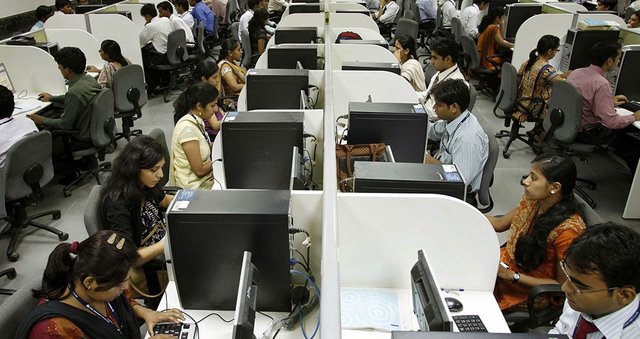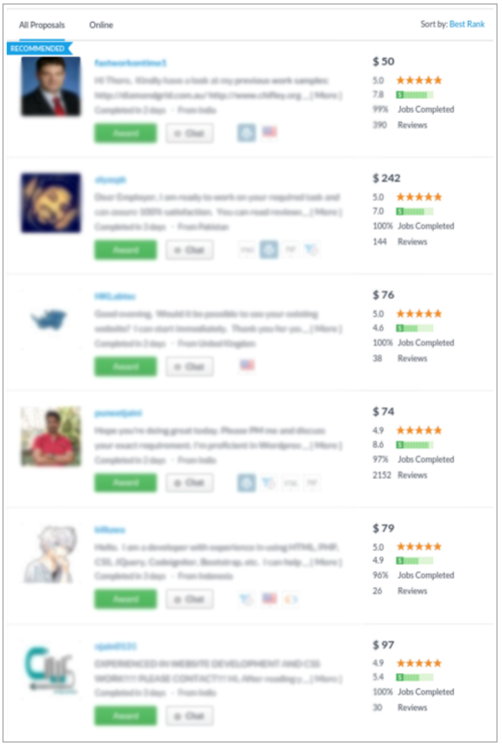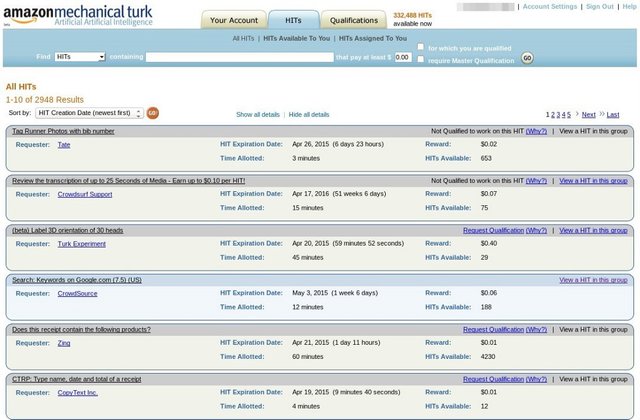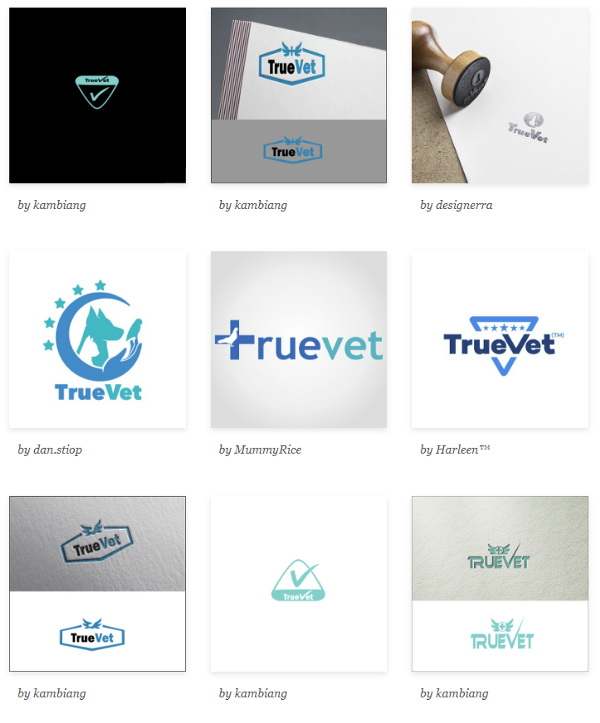
- Part One: Problems with the current freelance economy
- Part Two: Solution to build a global freelance economy
The growth of freelancing worldwide is staggering. In the US alone, freelancers make up 35% or 55 million workers who collectively earned $1 trillion in 2016. That number is predicted to reach 43% by 2020 with some analysts citing that figure at 80% of the global workforce by 2030.
Traditional 9-to-5 jobs are clearly incompatible in the globally connected information era, with figures ranging from 50% to 80% of workers not engaged in their jobs. This suggests the majority of us hate what we do for 40–80 hours per week and feel trapped in a cycle of servitude necessary to feed, clothe and house ourselves and families.
The exponential pace of technological automation also threatens to destroy jobs in the economy faster than new ones can replace them, with at least 47% of all jobs on Earth predicted to be automated within the next decade.
It’s no wonder that the allure of freelancing is growing: choose your own hours, be your own boss, work on projects of your own choosing that align to your passions and interests, flexibility and diversity of work, resilience to automation, and better pay that scales with your output.
An inclusive and global freelance economy would result in tremendous macroeconomic benefits to human progress, productivity, creativity and innovation.
We could have an agile and resilient global freelance workforce that is happier and healthier, with free time to enjoy life and pursue passions projects.
Sadly this is far from reality for today’s freelancers who are often over-worked, under-valued and forced to compete for low-paid, low-skill tasks on a variety of online middlemen marketplace platforms which exploit workers for profits.

Freelance Platform Shortcomings
Today there are hundreds of various online platforms for outsourcing work to freelancers and contractors all over the world. And yet the seemingly simple requirement of matching a task to a worker is still more an art than a science.
Below is a list of the general marketplace models with a focus on the shortcomings of the existing freelance, outsource and gig task platforms.
Direct Hire & Referrals
Offline, TaskRabbit, UpWork, Freelancer
For freelancers and contractors, offline referrals and repeat hires remain the dominate source of work and income. Though most online platforms also allow workers to showcase their portfolios and accept direct hire requests.
Bad for employers:
- Manual, slow, pass-it-on discovery process via personal contacts
- Time consuming individually contacting past freelancer contacts
- Uncertainty of freelancer availability or capabilities
Bad for freelancers:
- Manual, slow process requiring unpaid face-to-face meetings
- Need to wear many hats: salesperson, marketer, networker, accountant
- Small repeat relationship networks reduce task pool, cause inequality

Proposal + Bids
UpWork, Freelancer, Thumbtack
The most widely known model for outsourcing work to freelancers involves submitting a detailed project proposal and budget to a specific category. Freelancers then post quotes for the employer to choose from.
It’s understandable why this has become the most common model — it’s simple and lazy.
If the primary goal of your two-sided freelance marketplace is to increase revenues and profits for shareholders, then your focus is on providing the best service to employers at the lowest possible outsource cost. Sadly the user experience and livelihoods of freelancers becomes an afterthought.
Bad for employers:
- Time consuming writing up a detail proposal
- Often hundreds of near-identical bids from indistinguishable freelancers
- Long wait for bids and time wasted selecting a single bid
Bad for freelancers:
- Competing against hundreds of other bids on thousands of projects
- Competing against international workers with lower hourly rates
- Bidding war to the bottom with little income security
Outsource Agency
TopCoder, Toptal
Another way many freelancers can stand out from the others is to join an outsourcing agency or pool of other niche industry workers. A middleman company sources the work requests, assembles a team of freelancers and often also manages the client relationship for a fee.
Bad for employers:
- Costly: agencies charge a huge % fee for their service
- Requires trust in the recruiting and worker allocation of the agency
- Often additional layers of communication and bureaucracy
Bad for freelancers:
- Elitism: agencies tend to only hire a very tiny % of freelancers
- Earnings clipped, little choice in the work allocated by the agency
- Agency may prevent direct contact with employer

Microtasking
Amazon Mechanical Turk (MTurk)Tiny microtask platforms pay workers cents for performing tasks such as tagging images, transcribing audio and video or completing surveys. The largest of these platforms is Amazon’s MTurk with a 2015 estimate of over 500,000 workers.
Bad for employers:
- Requires careful preparation to breakdown task into tiny pieces
- No skill matching algorithm, no guarantee of quality
- Useful only for a small subset of tasks
Bad for freelancers:
- Repetitive, low-skilled and demoralizing tasks
- Average Turker earns less than minimum wage (less than $5/h)
- Huge time sink required to make livable income
Niche On-Demand
Uber, Lyft, Deliveroo
The so-called “gig economy” where workers with a car can quickly join Uber of Lyft and give rides to passengers, or workers with a bicycle can deliver fast food direct to customer homes. It’s a rapidly growing sector of the economy with Uber alone employing over 1.5 million workers globally.
Bad for employers:
- Middleman companies take a % fee in a P2P marketplace
- Safety: requires trust in middleman recruitment vetting
- Single-use niche service, requiring separate apps for each
Bad for freelancers:
- Low-paid, low-skilled, homogeneous and repetitive task
- Requires owning and using personal assets (car, bike)
- Fully disposable worker with high turnover rates

Competitions
99designs, DesignCrowd
These competition platforms allow an employer to offer up a prize for a winning piece of work. This has proved popular for logo design competitions where potentially hundreds of entrants create various logo designs. Only the logo chosen by the employer receives the prize money.
Bad for employers:
- Rushed, low-quality work from entrants
- Little direct line of communication with workers
- Requires selecting a final winner regardless of entry numbers or quality
Bad for freelancers:
- Basic probabilities: 1 chance in winning out of hundreds of bids
- Working for free with the hopes of building a portfolio
- Wasted time and opportunity costs
All Current Platforms Are Inadequate
In addition to these shortcomings, all of the current work platforms have three fundamental flaws which make them inefficient and inadequate for a future in which the majority of the population are independent freelancers:
- Siloed Data: if you post a task or register on one platform, you need to manually repeat the process for all other platforms.
- Lacking Education: upskilling and educating workers is either not offered, or they employ static testing for limited topics.
- Non-Transferable Skills: any skills or qualifications earned on one platform are not recognized or transferable to other platforms.
Disclaimer: I am just a bot trying to be helpful.
Downvoting a post can decrease pending rewards and make it less visible. Common reasons:
Submit